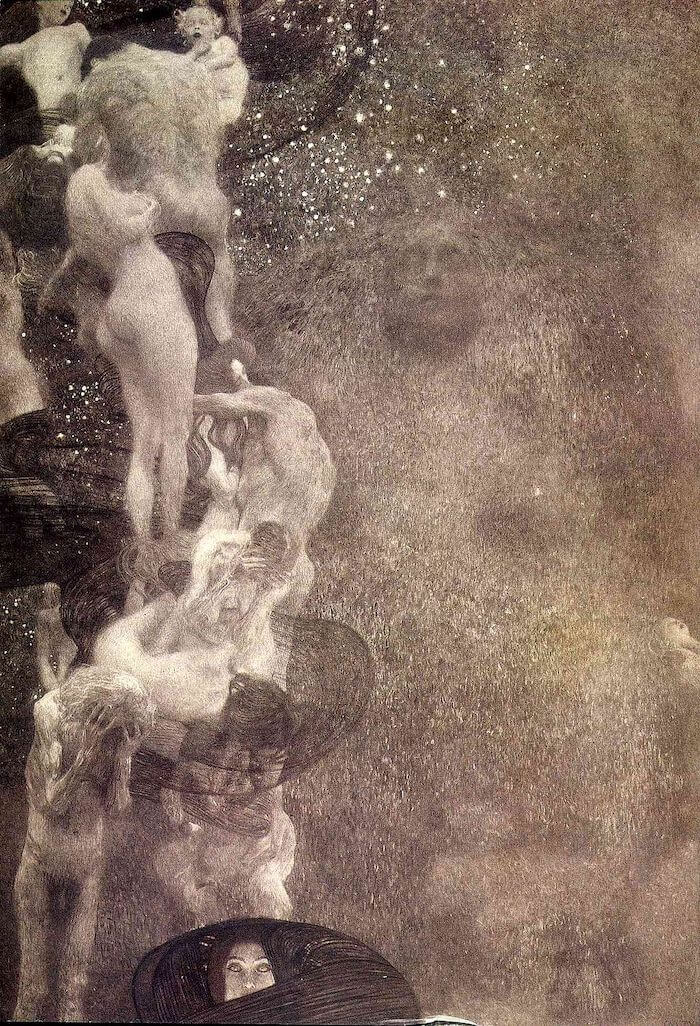No art form is as subject to trend and fashion as the Hollywood film — except, perhaps, the Hollywood trailer. If you came of age as a moviegoer in the nineteen-nineties, as I did, you’ll remember hearing hundreds of gravelly-voiced promises of transportation to “a world where the sun burns cold, and the wind blows colder”; to “a world where great risks can bring extraordinary rewards”; to “a world where dreamers and believers are miraculously transformed into heavenly creatures.” Practically all of these lines were delivered by voice-over artist Don LaFontaine; when he died in 2008, the “in a world…” trailer went with him.
LaFontaine gets his due in the Vox video at the top of the post, which examines the art of the movie trailer through the eyes of editor Bill Neil. Neil’s own résumé includes the trailers for modern entries in various horror franchises, like remakes of The Texas Chainsaw Massacre and The Amityville Horror, as well as the 2018 Halloween.
This placed him well to cut one together for Nope by Jordan Peele, an auteur keen on putting old tropes of genre film to new ends. The project gave Neil a chance to exercise his own retro-repurposing instinct, and here he lays out a few of the sources — Carpenter’s The Fog, Steven Spielberg’s Close Encounters of the Third Kind — to which he paid homage while filling the trailer with intrigue.
With Nope, as with most every film, Neil made its trailer without seeing the finished product. Rather, he had to work with raw footage as it was being shot, which results in visible differences between the images in the trailer and those in the actual movie. (In some cases, scenes excerpted in a trailer end up cut out entirely.) Such restrictions have a way of inspiring editors to come up with new techniques, some of which become highly influential: in the video, Neil highlights the features of classic trailers for pictures like Dr. Strangelove, Carrie, and Alien, identifying the most enduring elements of their legacy in his craft.
When those movies came out in the nineteen-sixties, seventies, and early eighties, most trailers were seen in one place: the movie theater. (And in those days, as Neil notes, trailers were made not by specialized production houses, but employees in the studio or even the filmmakers themselves.) Then came the home-video era, which challenged editors with defeating the viewer’s instinct to hit fast-forward. Today, trailers reflect the dominance of what Neil calls the “bumper,” a flash of maximum excitement in the first few seconds that suggests “it’s gonna get crazy by the end” — on the theory that, because you’re probably watching on Youtube, you won’t hesitate to click that skip button otherwise.
Related content:
Watch 25 Alfred Hitchcock Trailers, Exciting Films in Their Own Right
Watch the 7 Hour Trailer for the 720 Hour Film, Ambiancé, the Longest Movie in History
Based in Seoul, Colin Marshall writes and broadcasts on cities, language, and culture. His projects include the Substack newsletter Books on Cities, the book The Stateless City: a Walk through 21st-Century Los Angeles and the video series The City in Cinema. Follow him on Twitter at @colinmarshall or on Facebook.









